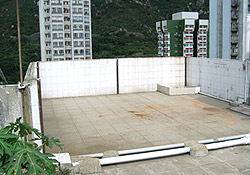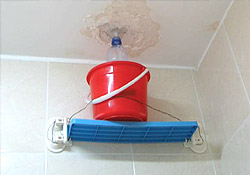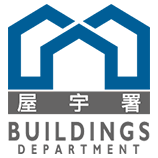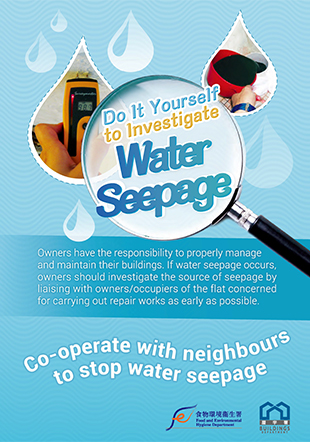Water seepage is usually caused by defective building fabric or installations and their lack of proper maintenance.
As it is the responsibility of owners and occupiers to maintain their buildings and to ensure environmental hygiene, their co-operation in resolving water seepage problems is essential.
Common locations of water seepage



What should owners do?
Refer to the following pamphlet for details on investigation and testing on water seepage:
- Quickly approach the neighbour for investigation and repair work to resolve the problem if the seepage is suspected to originate from the flat on the upper floor or next door.
- Seek assistance from the management firm or the Owners' Corporation of your building.
- Where necessary, engage a building professional or legal consultant to request the responsible person to stop the seepage in accordance with the provisions under the Deed of Mutual Covenant, or even lodge a claim for damages.
- Call 1823 for assistance.
- Upon receipt of the seepage complaint, the Joint Office will carry out a preliminary investigation.
Joint Office
The Joint Office set up by the Food and Environmental Hygiene Department and the Buildings Department provides a "one-stop" service in dealing with complaints of seepage in buildings.
Role of Joint Office
- Enforce the Public Health and Municipal Services Ordinance in reducing nuisance caused by water seepage.
- If necessary, refer cases to the Buildings Department or the Water Supplies Department for follow up action.
Investigation Work Procedure by Joint Office
- Contact the complainant within 6 working days upon receipt of a complaint.
- Inspect the site and then enter the flat under complaint to carry out non-destructive tests systematically to identify the seepage source.
- Complete the investigation and inform the complainant of the outcome normally within 90 working days, with the co-operation of the concerned owners/occupiers.
- If the investigation cannot be completed within 90 working days, notify the complainant of the investigation progress in writing.
Attention
In order to prove the seepage source, it is essential that all parties concerned should allow the investigation officer access to testing at and collecting evidence from the:
- Complainant's flat
- Other flat suspected to be causing seepage
Several tests may be conducted to collect different samples for examination. If the owner/occupant concerned refuses to co-operate, the Joint Office will have to apply to the Court for a warrant to enter the flat in question. The investigation process may then be extended.
Actual Performance in Carrying Out Investigations to Reports on Water Seepage Buildings
Nuisance Notice / Order
If the seepage has posed a sanitary nuisance, the Joint Office will act in accordance with the relevant provisions of the Public Health and Municipal Services Ordinance.
Where the source of seepage is identified, the person concerned will be issued with a Nuisance Notice requiring the abatement of nuisance within a specified period of time, failing which the person will be subject to prosecution.
The Joint Office may also apply to the Court for a Nuisance Order requiring the person concerned to abate the nuisance. Failure to comply with the order will result in prosecution.
Penalties
| Type | Description |
|---|---|
| Nuisance Notice |
|
| Nuisance Order |
|
If owners wish to obtain copies of the concerned investigation reports for water seepage, request may be made under the Code on Access to Information. The applicant should submit an application form to the Joint Office through mail, facsimile or e-mail. Please refer to the link of Buildings Department's webpage below for further details:
https://www.bd.gov.hk/en/resources/faq/index_water_seepage_problem.html
